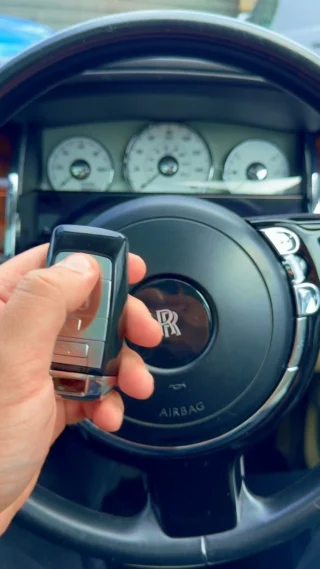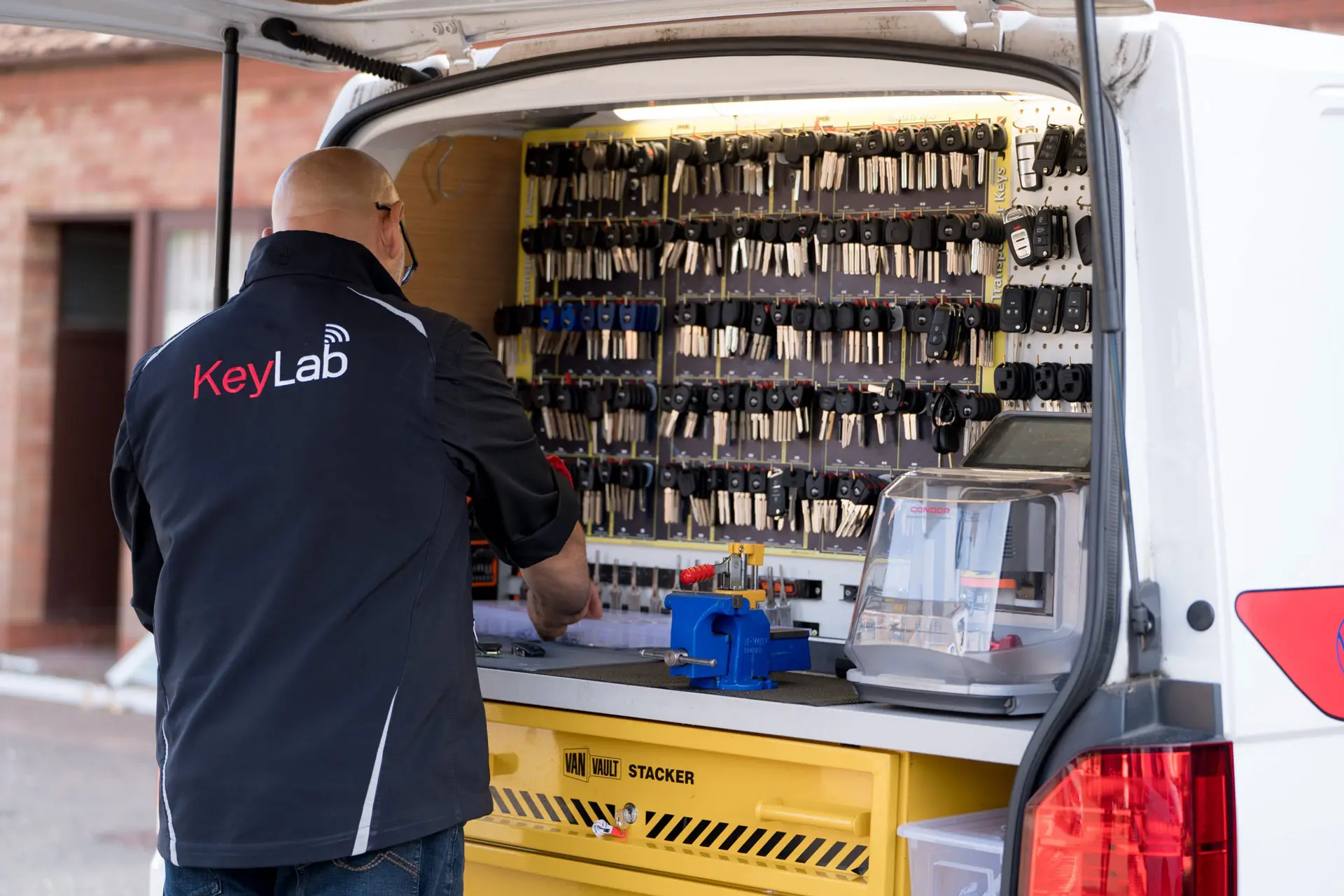Dealing with a broken key can be frustrating and inconvenient. Whether it's a house key, car key, or a key for a filing cabinet, a broken key poses a challenge that many face at one point or another. Fortunately, broken key repair is a task that can be managed with the right knowledge, tools, and techniques. This article offers a detailed guide on how to effectively repair a broken key, when to seek professional help, and tips for avoiding key breakage in the first place.

Understanding Key Breakage
Before delving into repair methods, it’s crucial to understand why keys break in the first place. Key breakage can occur due to several reasons:
- Wear and Tear: Frequent use can cause keys to wear down over time.
- Material Fatigue: Cheaply made keys or those subjected to force can become brittle and snap.
- Corrosion: Rust on metal keys can weaken their structural integrity.
- Improper Insertion: Forcefully inserting keys or using them to pry open locks can lead to breaks.
Repair Methods
When dealing with a broken key, the repair method largely depends on the severity of the break. Here are some common techniques:
1. Basic Extraction
If part of the key is broken off inside the lock, you'll need to remove it before considering repair. The following steps can be taken:
- Gather Tools: Use a pair of needle-nose pliers, a paperclip, or a hook tool.
- Apply Lubrication: Spray graphite or a silicone-based lubricant into the lock to reduce friction.
- Extract: Carefully insert the tool into the lock to grasp the broken piece and pull it out.
2. Super Glue Method
For a clean break, using super glue can often restore the key:
- Align the Pieces: Ensure both halves of the key fit together snugly.
- Apply Adhesive: Use a small amount of super glue to bond the pieces.
- Clamp: Hold the pieces in place for a few minutes to let the glue set.
- Cure: Allow the glued key to cure fully before using it to avoid stress on the joint.
3. Filling the Key
If there’s significant breakage, you may need to build up the key:
- Collect Material: You can use rubber, wax, or even metal filler.
- Mold the Material: Shape the material to match the contours of the key.
- Set: Allow the filler to harden, ensuring it mimics the original key dimensions.
4. Key Cutting Method
When the key is beyond repair, duplicating it is the best option. Here are steps for key duplication:
- Take the Remaining Piece: Bring the undamaged part or a copy of the original key to a locksmith.
- Choose a Locksmith: Select a reputable locksmith who has the required machinery.
- Cut New Key: The locksmith will create a new key based on the existing one.
5. Professional Repair Services
Sometimes, the best course of action is to leave the repair to professionals. Reputable locksmiths have expertise in resolving key issues and can provide options such as:
- Full Replacement: When repair isn’t feasible.
- Rekeying Locks: If the broken key is connected to a locking mechanism that needs to be modified.
Tools for Broken Key Repair
Here’s a list of essential tools that can aid in broken key repair:
- Needle-Nose Pliers: For extracting pieces from locks.
- Super Glue: To bond broken pieces.
- Lubricants: Essential for easing extraction and promoting smooth lock operation.
- Key Cutter: For creating duplicates if repair fails.
- File/Scissors: To trim down any excess material during the filling process.
| Tool | Purpose |
|---|---|
| Needle-Nose Pliers | Extracting broken pieces from locks |
| Super Glue | Bonding broken key pieces |
| Lubricants | Easing extraction and lock use |
| Key Cutter | Duplicating keys when repair is not feasible |
| File/Scissors | Trimming material during key filling |
Preventing Key Breakage
To avoid the issues associated with broken keys, consider the following preventive tips:
- Use Proper Force: Never apply excessive force when using or inserting keys.
- Store Keys Properly: Keep keys in a safe location to prevent bending or other damage.
- Choose Quality Materials: Invest in high-quality keys made of durable materials.
- Regular Maintenance: Lubricate locks regularly to ensure smooth operation.
- Avoid Double-Keying: Resist the temptation to use keys for non-key purposes (like prying).
FAQs
Q1: Can all types of keys be repaired?
A1: Not all keys can be effectively repaired. Keys made from softer materials may break more easily than sturdy ones. In severe cases, replacement may be necessary.
Q2: Is it safe to use super glue for key repair?
A2: Yes, super glue can be effective for small, clean breaks. However, it’s not a permanent fix and may break again with use.
Q3: How much does professional key repair typically cost?
A3: Costs can vary depending on the complexity of the repair, but expect to pay anywhere from £10 to £100 for professional services, including key replacement.
Q4: What type of locksmith should I look for?
A4: Seek a certified and insured locksmith with good reviews and recommendations. They should have experience with the specific type of key you need help with.

Q5: Can a key be 3D printed if broken?
A5: Yes, if you have a damaged key, some services can 3D print a replacement by creating a model of the existing key.
In conclusion, dealing with a broken key can be a hassle, but with the right tools and knowledge, many individuals can effectively repair their keys or seek the help of professionals when necessary. Understanding the methods and precautions outlined in this guide can help turn an inconvenient situation into a manageable one, ensuring that access to locks remains unobstructed.






